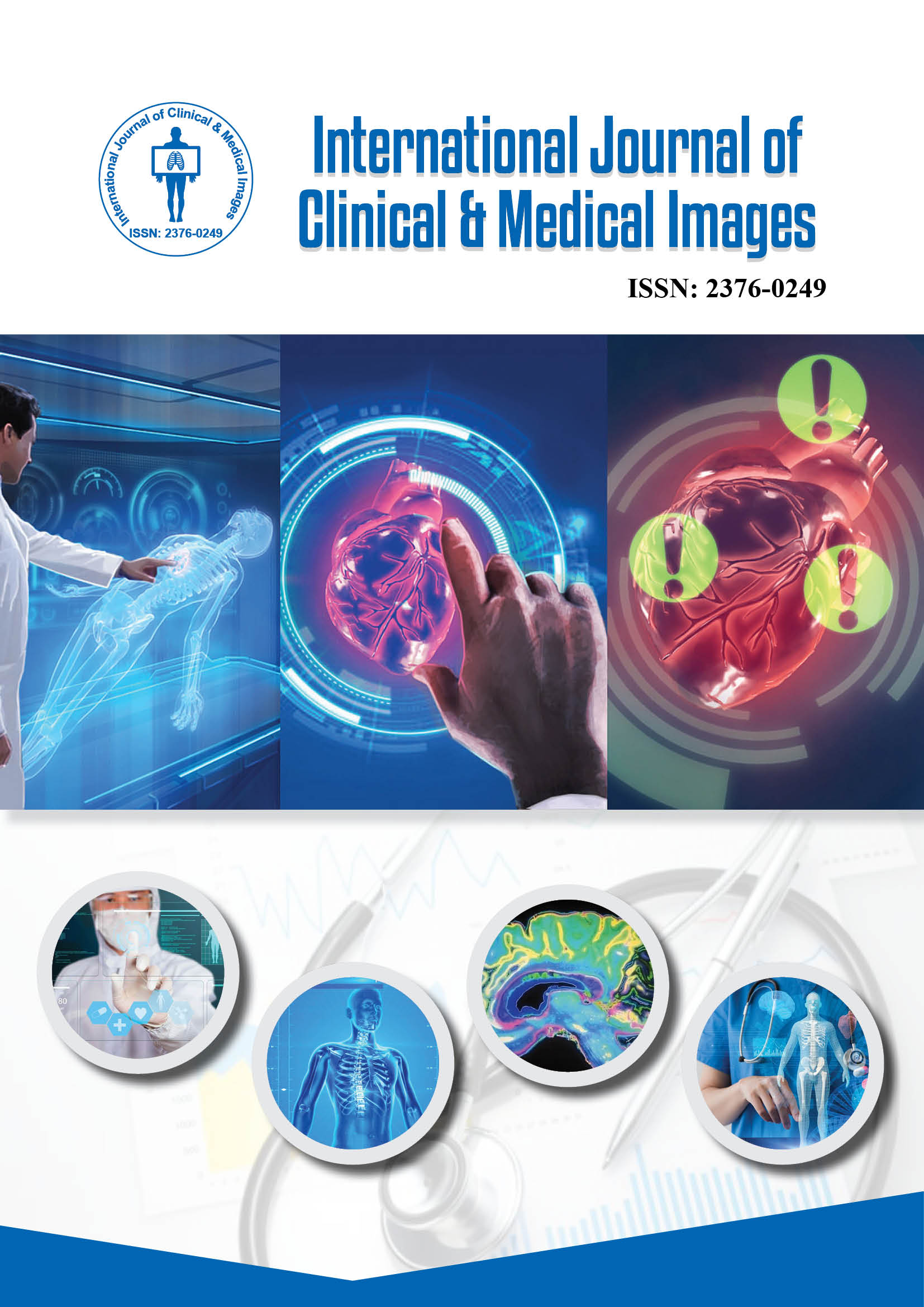Brief Report
Clinical imaging has become a cornerstone of womenâ??s healthcare, providing critical insights into reproductive anatomy, pregnancy and gynecological disorders. From the early detection of fetal development to the diagnosis and management of complex gynecological conditions, imaging techniques such as ultrasound, magnetic resonance imaging (MRI) and computed tomography (CT) play an indispensable role in ensuring both maternal and fetal well-being. The visual representation of anatomical structures and pathological conditions empowers clinicians to make precise diagnoses, guide treatment and monitor outcomes effectively. In obstetrics and gynecology, imaging not only enhances clinical decision-making but also improves patient education, allowing women to understand their health and actively participate in their care.
Ultrasound remains the primary imaging modality in obstetrics due to its safety, accessibility and real-time capabilities. It provides high-resolution images of the developing fetus, enabling the assessment of gestational age, growth patterns and structural development. Doppler ultrasound adds a functional dimension by evaluating blood flow in the placenta, umbilical cord and fetal vessels, which is essential for monitoring high-risk pregnancies and detecting conditions such as intrauterine growth restriction and preeclampsia. In gynecology, ultrasound is equally invaluable for evaluating ovarian cysts, uterine fibroids, endometrial thickness and pelvic masses. Transvaginal ultrasound, in particular, offers superior resolution for detailed pelvic assessment, allowing early detection of pathologies that may affect fertility or overall reproductive health [1].
Emerging technologies and innovations continue to advance the role of imaging in obstetrics and gynecology. Three-dimensional (3D) and four-dimensional (4D) ultrasound provide dynamic visualization of fetal anatomy and movement, enhancing prenatal diagnosis and parental engagement. Artificial Intelligence (AI) and machine learning algorithms are being integrated to assist in anomaly detection, automate measurements and predict outcomes, thereby improving efficiency and accuracy in clinical practice. These developments underscore the growing importance of imaging not only as a diagnostic tool but also as a cornerstone of personalized, patient-centered care in womenâ??s health [2].
In conclusion, clinical imaging is indispensable in obstetrics and gynecology, bridging anatomy, physiology and pathology to support precise diagnosis, effective treatment and optimal maternal-fetal outcomes. Ultrasound, MRI and selective CT imaging collectively provide a comprehensive framework for evaluating womenâ??s health across the reproductive lifespan. By combining advanced imaging techniques with clinical expertise, healthcare providers can deliver high-quality, evidence-based care, ensuring that womenâ??s health is monitored, protected and enhanced at every stage.
Keywords
Womenâ??s Health, Obstetric Imaging, Gynecologic Imaging
Acknowledgement
None.
Conflict of Interest
None.
References
- Bachmann C, Abele H and Hoopmann M (2023). Placenta Previa et Percreta: A potentially life-threatening condition. Diagnostics13(3): 539.
Google Scholar Cross Ref Indexed at
- Gireada R, Ursache A, Matasariu R, Socolov R. (2022). Fetal Atrial Septal Aneurysm: Follow-Up from Second to Third Trimester. Diagnostics12(6): 1469.
Google Scholar Cross Ref Indexed at
 Awards Nomination
Awards Nomination

